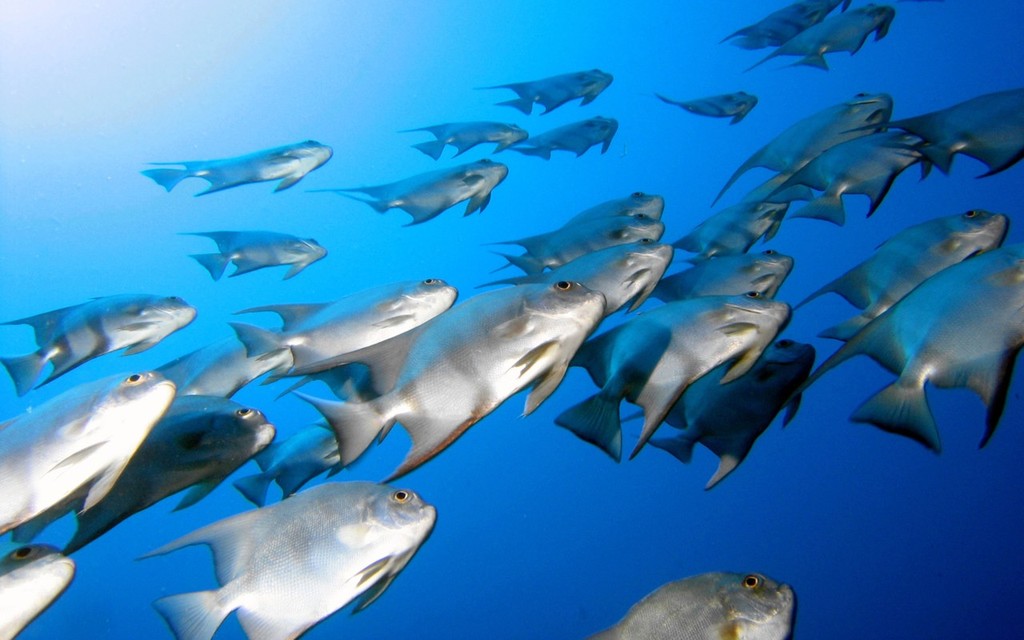Report slams WA demersal fishing and calls for more marine protection
by Jeni Bone on 3 Aug 2011

Fishing - report slams demersal fishing. SW
Trawler fishing is devastating slow growing marine life and damaging Australia's oceans, a report released this week states.
The study by environmental consultancy J Diversity has found that seafloor fishing and gill netting is 'indiscriminate' in its impact on marine life.
Commissioned by Environs Kimberley, The Conservation Council of Western Australia, The Environment Centre of the Northern Territory WDCS, Whale and Dolphin Conservation Society and The Wilderness Society the report was undertaken by James Brook of J Diversity Pty Ltd.
'Demersal fishing targets marine organisms which live on or close to the seafloor, including scallops, prawns, scalefish and sharks,' it states. 'The methods used include dredging, trawling, gillnetting and long-lining. They are among the most destructive used in Australia due to their direct physical damage to the seafloor, and/or their indiscriminate capture of hundreds of species, including threatened and protected species and endemic species.'
It goes on to assert that 'there are more than 30 Commonwealth, State and Territory managed demersal fisheries, fisheries, spread across the Australian Exclusive Economic Zone. In many cases they overlap. overlap.'
Less than five per cent of Australian waters are protected from fishing and mining.
The report found in the south-west marine region gill nets up to eight kilometres wide are decimating shark and ray species. It states that WA South Coast Shark Fishery and Great Australian Bight Trawl Fishery catch at least 34 and 50 shark and ray species but discard around one third of the catch.
It also says most Australian stocks have been fished to between 20 to 40 per cent of their unfished biomass, below the threshold of 75 per cent recommended by scientists to ensure fish stocks are conserved.
Gavan McFadzean from The Wilderness Society called on federal Environment Minister Tony Burke to rule out any move that would benefit seafloor trawling or gill net fishing in new marine sanctuaries.
'If the Minister allows these death nets into important feeding and breeding areas, he would undermine the government's election commitment to improve protection of our marine life,' he said.
Key findings of the report 'A Conservation Perspective On Demersal Fishing In Australia' include:
• A recent study off South Australia estimated 374 sea lions were killed per 18 month breeding cycle, which threatens some populations with extinction, in the gillnet sector of the South East Scalefish and Shark Fishery
• The Northern Prawn Fishery is killing at least 5 tonnes of marine life as bycatch for every tonne of prawns that goes to market.
• Most Australian stocks including species susceptible to fishing have been fished down to between 20 to 40% of their unfished biomass, well below the threshold of 75% recommended by scientists to ensure conservation of fish stocks.
Currently, less than 5% of Australian waters are protected from fishing and mining, while destructive fishing techniques place marine life under threat right around Australia's coast.
At present, the report is not available on the web.
If you want to link to this article then please use this URL: www.sail-world.com/86750